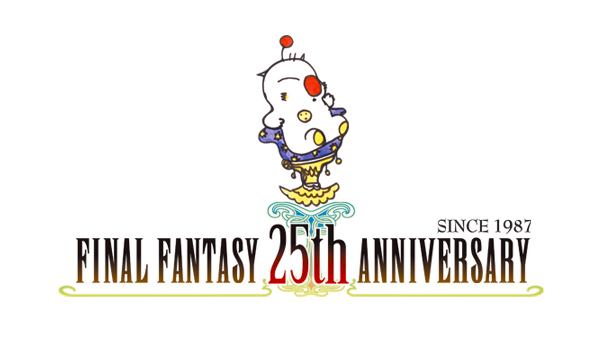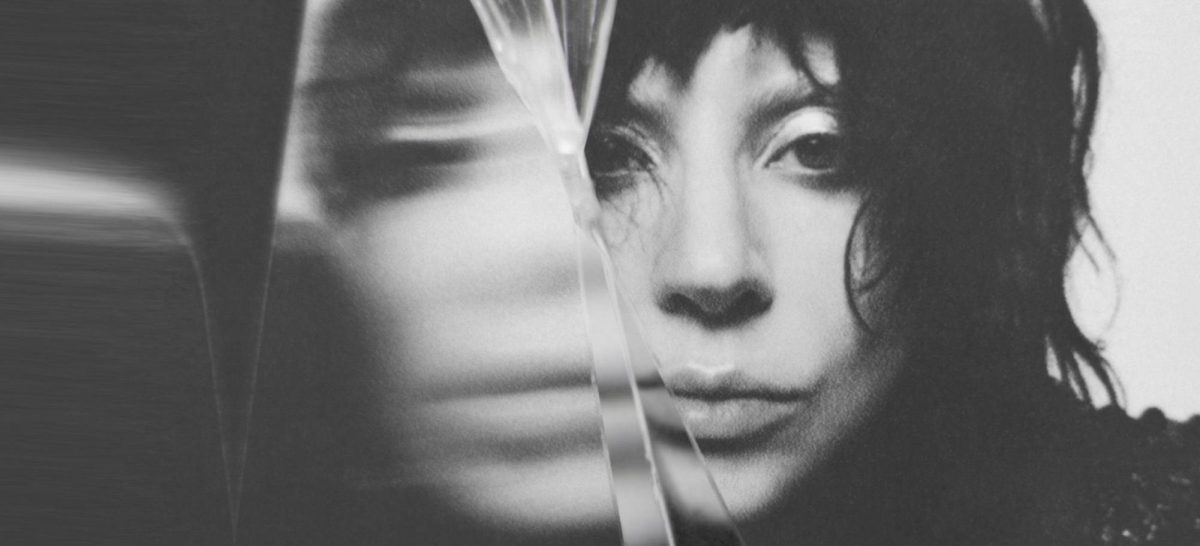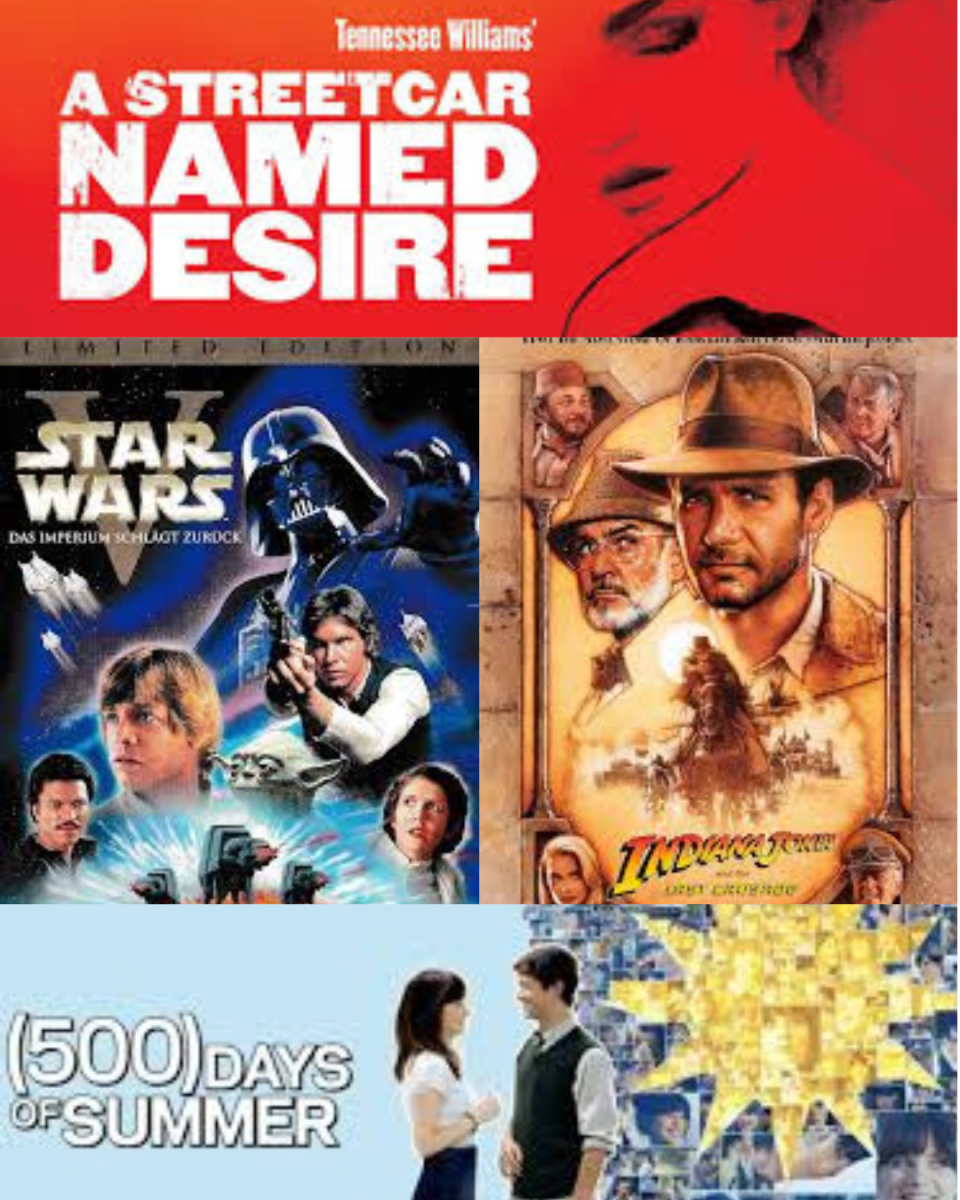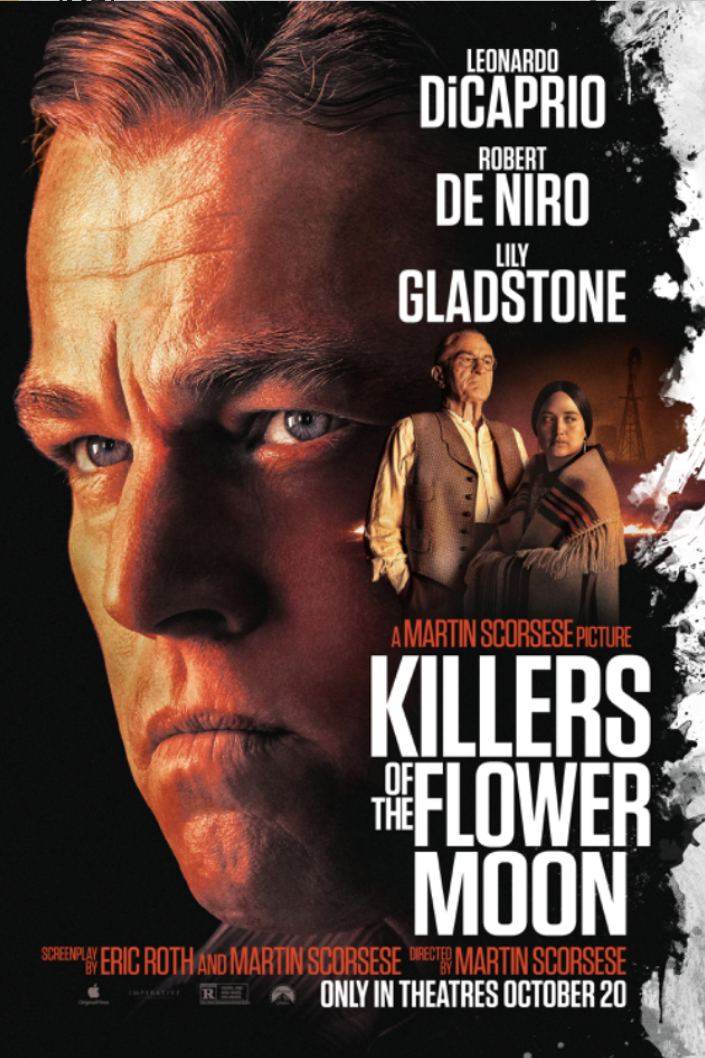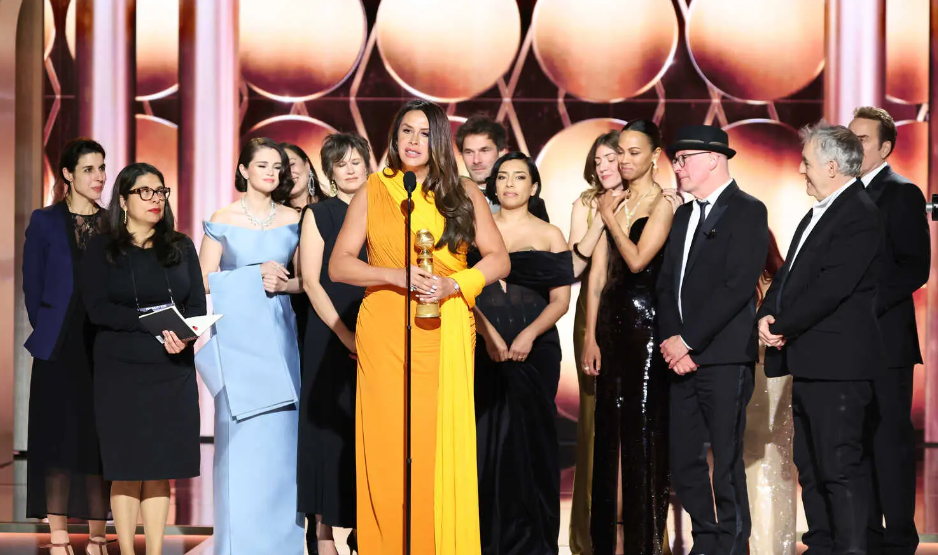In the early 1980s, Japanese video game company, Squaresoft (later to merge with another company and become Square-Enix), released several games for the Nintendo Entertainment System, Famicom, and home computers. Despite the success of these games, such as “King’s Knight” (1986), “3-D WorldRunner” (1987), and “Aliens” (1987), Squaresoft faced the threat of bankruptcy. Believing it to be the last game that Square would produce, they began the production of “Final Fantasy,” a game that would launch Squaresoft into the ranks of one of the best-selling video game franchises of all time. Throughout its 25 years, the series has made breakthroughs in the video game industry, and revolutionized turn-based role-playing games. Some of the series’ best games are remembered for their legendary developments in plotlines, game mechanics, and original scores.

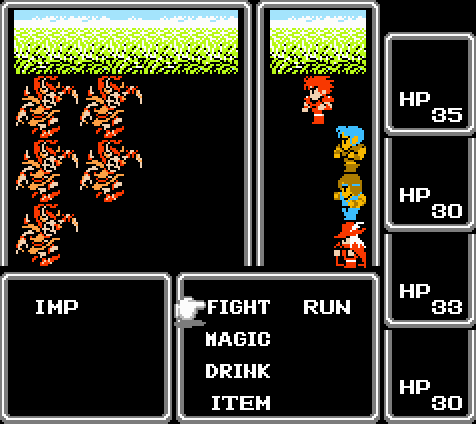
Produced by Hironobu Sakaguchi as a last-ditch attempt to save the company, Squaresoft, “Final Fantasy” began the prodigious series. The game was originally made in 1987 for the NES and popularized the fantasy RPG genre. The story followed four young Light Warriors, each carrying one of the plagued light crystals, corrupted by the four Elemental Fiends. The heroes of Light traveled the three continents in the fictional world as they battled monsters in their quest to restore light and purity to the crystals. “Final Fantasy” used a turn based battle system, and when all of the heroes HP was deducted to zero, it’s game over, and the player would resume from his or her last save point. Winning battles gave the player experience and gold. As players advanced in the game, they could use different weapons, armor, potions, and change characters. “Final Fantasy” has been considered one of the most influential and popular RPGs in history.


The third “Final Fantasy” released in North America, the last of 2D pixel characters, and the last of the series on the NES. “Final Fantasy VI” focused on a group of rebels attempting to overthrow an imperial dictatorship, in a world of technology equivalent to the early 17th century. “FFVI” featured improved characterization, different agendas, and fighting styles that differ from its predecessors. The game continued the use of the Active Time Battle (ATB) that was first featured in “FFIV”. “FFVI” excited members of the fandom with its memorable characters and its steampunk environment.


“FFVII” (1997) was the first of the series to be released on the Playstation and also contain 3D graphics, which featured fully rendered characters and pre-rendered backgrounds. “Final Fantasy VII” instantly became a success and is still the best selling title in the series. Since its release, the game has had several spin-offs, including prequels, sequels, novellas, a movie, and an original video animation that make up the “Compilation of Final Fantasy VII”. “FFVII” revolved around the protagonist, Cloud Strife’s involvement in a rebel organization that tried to take down the megacorporation Shinra, the company that began secretly draining the life of the planet by using its limited resources as an energy supply. As the story progressed, Cloud and his group of friends prepared to take down a bigger threat to the planet, Sephiroth, who planned to destroy the world with evil magic. The game had been often listed among the greatest games of all time due to its heartbreaking and inspiring story, innovative game mechanics, memorable score (by “Final Fantasy” veteran, Nobuo Uematsu), and graphics that were stunning for its time.

 “Final Fantasy X” was a leap forward for the series in all aspects. The first “FF” game to be released in 2001 on the Playstation 2, “FFX” was also the first of the series to feature voice acting, and more realistic graphics. Fans praised the story of Tidus and a group of adventurers trying to defeat Sin, an evil creature living in the ocean who destroyed Tidus’s hometown. There was also much applause for the revised battle and magic systems; “FFX” featured the Sphere Grid, in which experience points would allow the player to unlock new stats for the characters. Nobuo Uematsu composed the score, creating (as always) a beautiful soundtrack for the game. “FFX” also influenced a spin-off for the game, “FFX-2”, which focused on the events taking place after the game. With a rank of seventh place in Gamespot’s “Top 10 Videogames of the Year”, “Final Fantasy X” is surely a classic PS2 and series game.
“Final Fantasy X” was a leap forward for the series in all aspects. The first “FF” game to be released in 2001 on the Playstation 2, “FFX” was also the first of the series to feature voice acting, and more realistic graphics. Fans praised the story of Tidus and a group of adventurers trying to defeat Sin, an evil creature living in the ocean who destroyed Tidus’s hometown. There was also much applause for the revised battle and magic systems; “FFX” featured the Sphere Grid, in which experience points would allow the player to unlock new stats for the characters. Nobuo Uematsu composed the score, creating (as always) a beautiful soundtrack for the game. “FFX” also influenced a spin-off for the game, “FFX-2”, which focused on the events taking place after the game. With a rank of seventh place in Gamespot’s “Top 10 Videogames of the Year”, “Final Fantasy X” is surely a classic PS2 and series game.
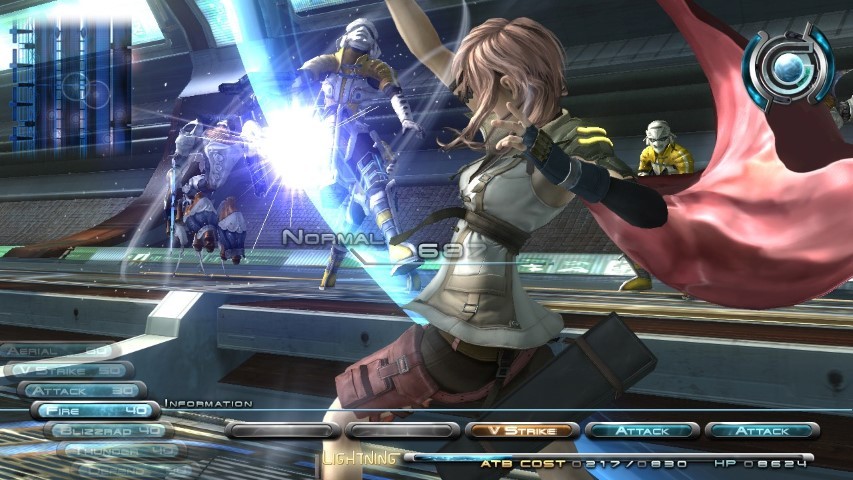 Finally, after thirteen games in the series, one was finally released on the Xbox. “FFXIII”, known for its completely stunning pre-rendered cutscenes and equally gorgeous gameplay graphics, was released in North America in 2010 for the Xbox 360 and PS3. Critics also praised this newest installment, which called for the creation of achievements and trophies, and boasted real-time game mechanics. The story revolved around former soldier, Lightning’s quest to save her sister from the corrupt government called the Sanctum. Lightning and a group of allies set out to defeat the imperial demon from the underworld called Pulse, before they become monsters marked by the creatures. With nearly flawless graphics, voice acting, and entertaining gameplay, one of the only disappointments for hardcore fans was the missing score by Uematsu. However, Masashi Hamauzu did a superb job to compose the soundtrack. Tetsuya Nomura, game producer and character designer, worked to make Lightning’s character to be reminiscent of “Final Fantasy VII”‘s Cloud Strife. With success, “FFXIII” gained much praise as it reminded fans of one of the series’ beloved heroes. Famitsu’s reader poll voted “Final Fantasy XIII” as the best game ever, and many fans and reviewers would agree with such a statement. The sequel, “FFXIII-2” was also released early 2012, to correspond with the 25th anniversary of the series.
Finally, after thirteen games in the series, one was finally released on the Xbox. “FFXIII”, known for its completely stunning pre-rendered cutscenes and equally gorgeous gameplay graphics, was released in North America in 2010 for the Xbox 360 and PS3. Critics also praised this newest installment, which called for the creation of achievements and trophies, and boasted real-time game mechanics. The story revolved around former soldier, Lightning’s quest to save her sister from the corrupt government called the Sanctum. Lightning and a group of allies set out to defeat the imperial demon from the underworld called Pulse, before they become monsters marked by the creatures. With nearly flawless graphics, voice acting, and entertaining gameplay, one of the only disappointments for hardcore fans was the missing score by Uematsu. However, Masashi Hamauzu did a superb job to compose the soundtrack. Tetsuya Nomura, game producer and character designer, worked to make Lightning’s character to be reminiscent of “Final Fantasy VII”‘s Cloud Strife. With success, “FFXIII” gained much praise as it reminded fans of one of the series’ beloved heroes. Famitsu’s reader poll voted “Final Fantasy XIII” as the best game ever, and many fans and reviewers would agree with such a statement. The sequel, “FFXIII-2” was also released early 2012, to correspond with the 25th anniversary of the series.
As a gift to their dedicated fans, Square-Enix is releasing a set of new and limited edition merchandise in their store. Including a 52 card deck with protagonists and antagonists over the years on the cards, and tumblers already for sale, Square-Enix is soon to announce more of the merchandise. Visit their website for more of the merchandise at http://www.square-enix.com/na/ as Square-Enix remembers and celebrates their success.


